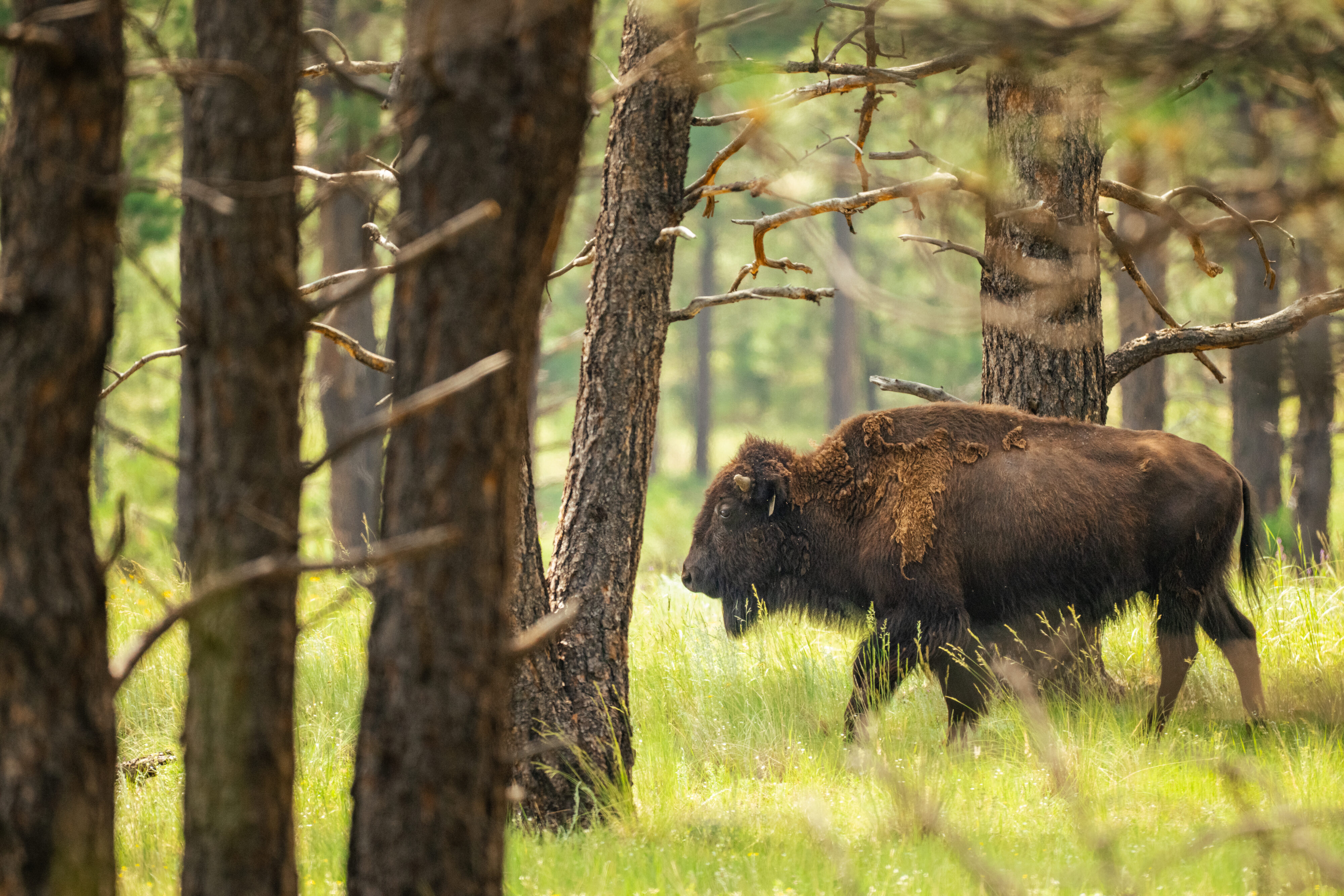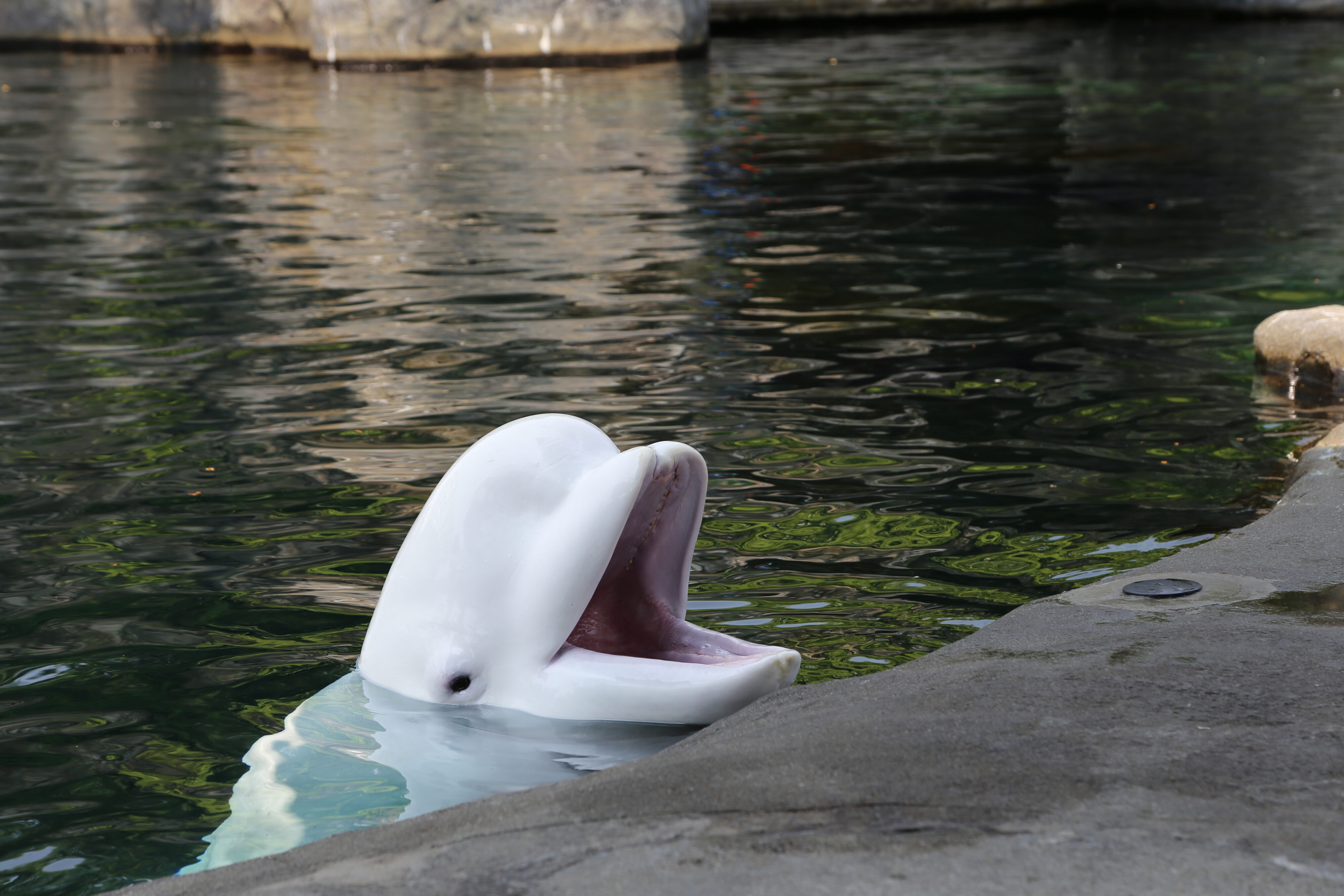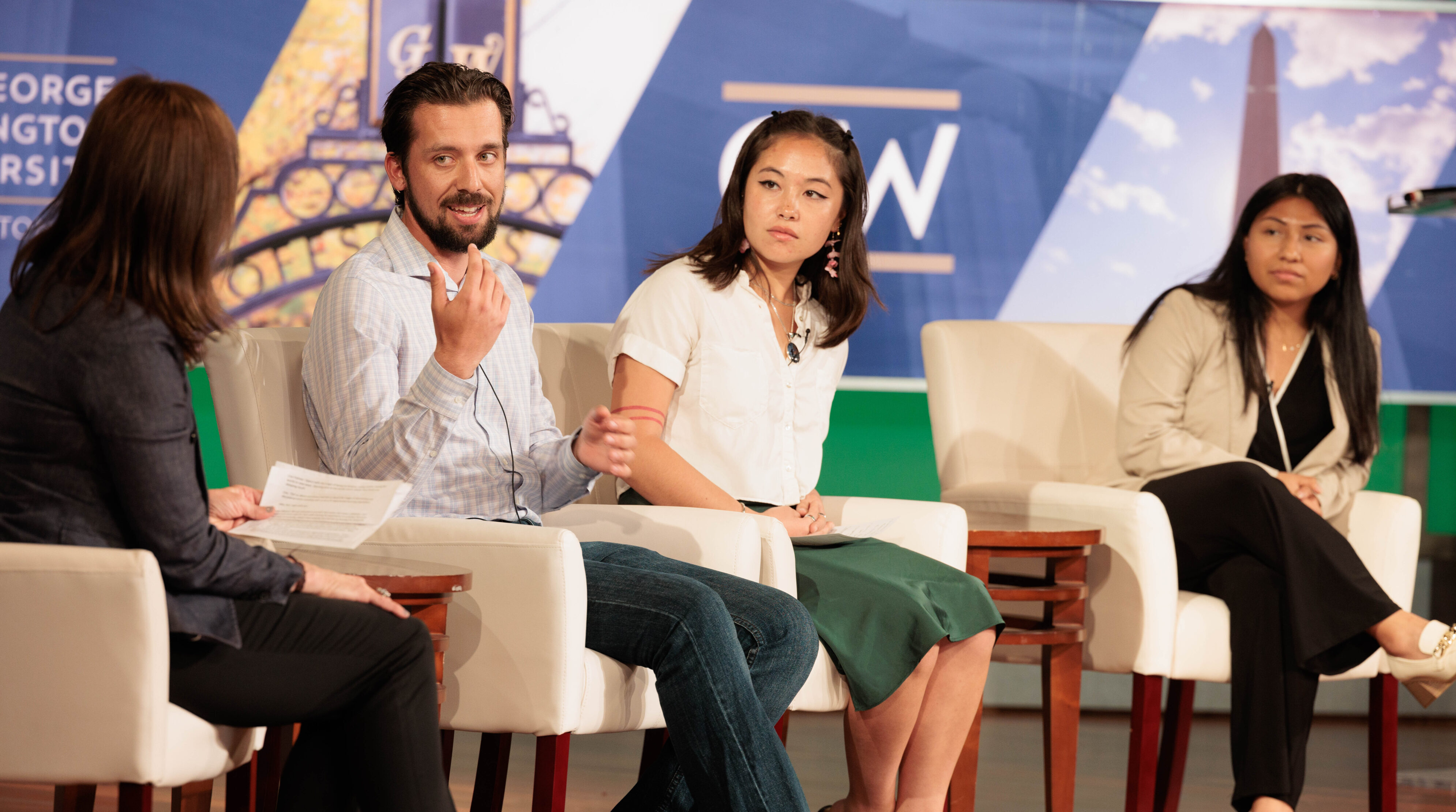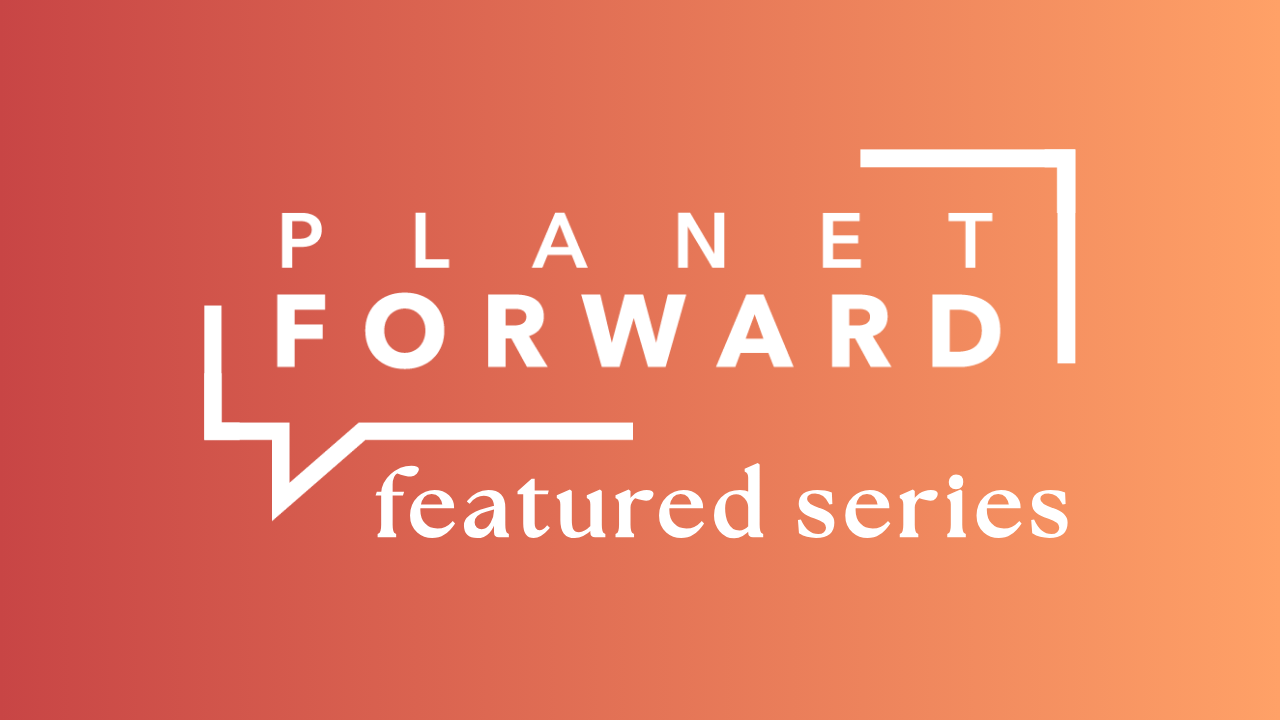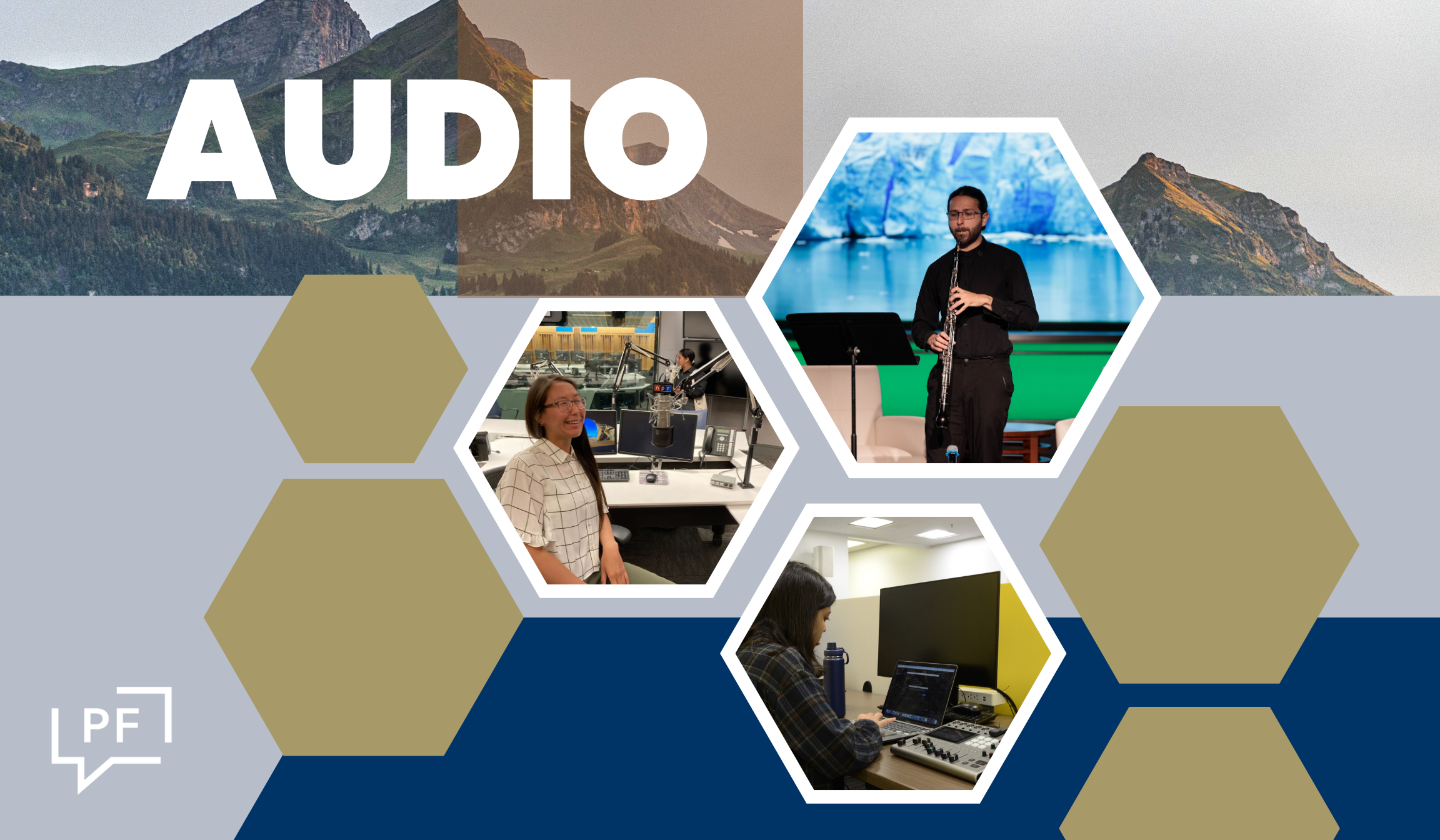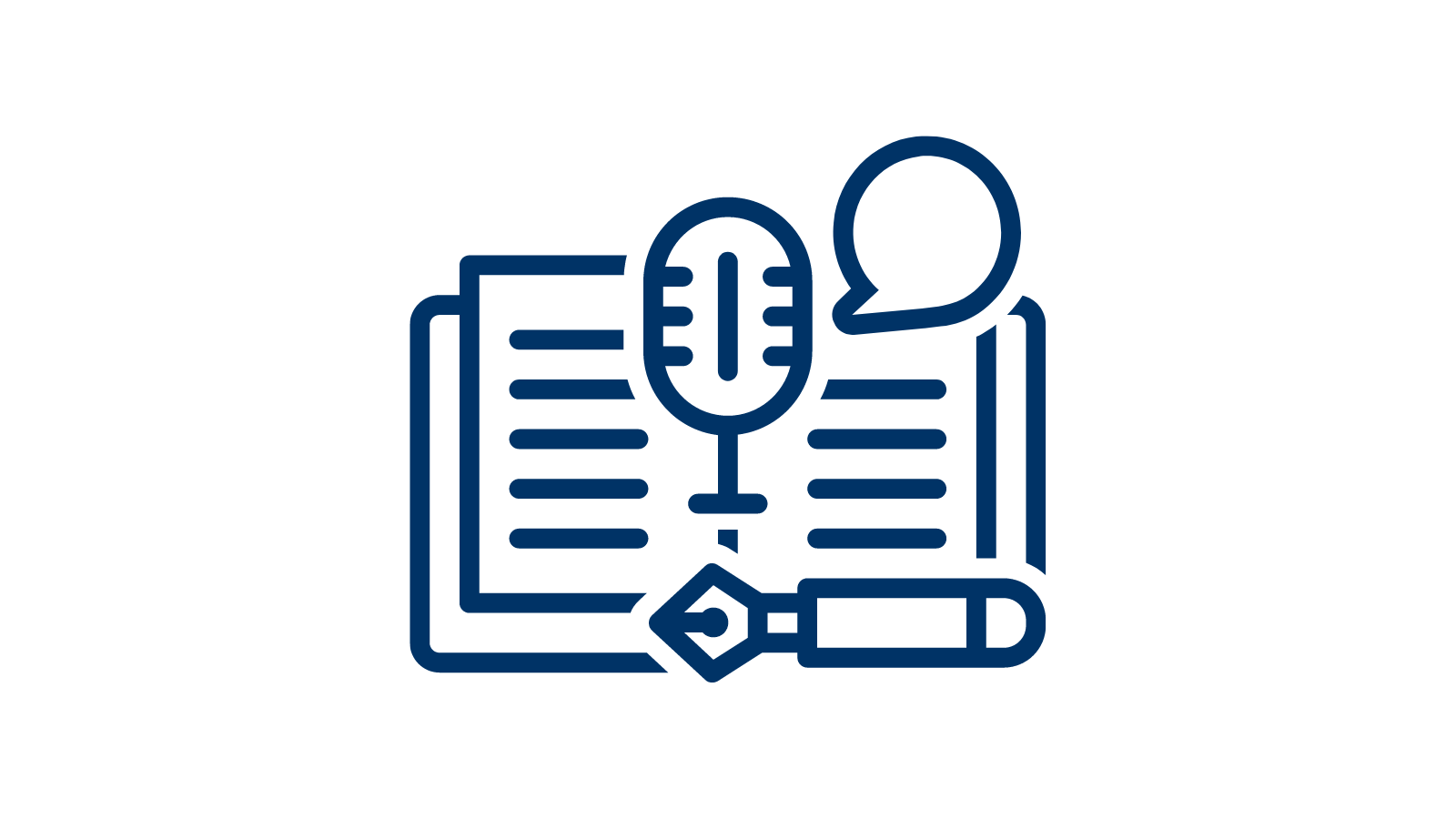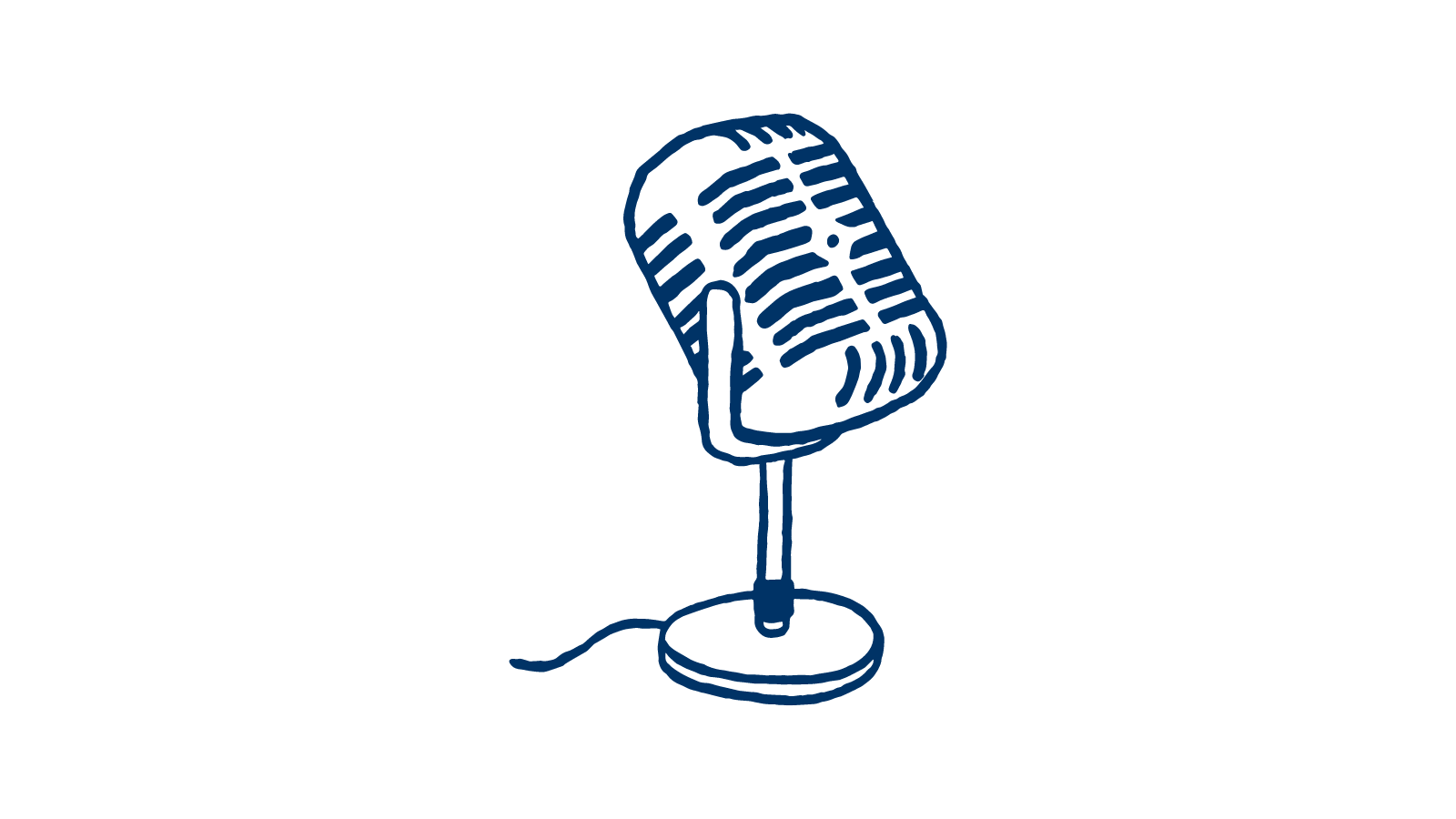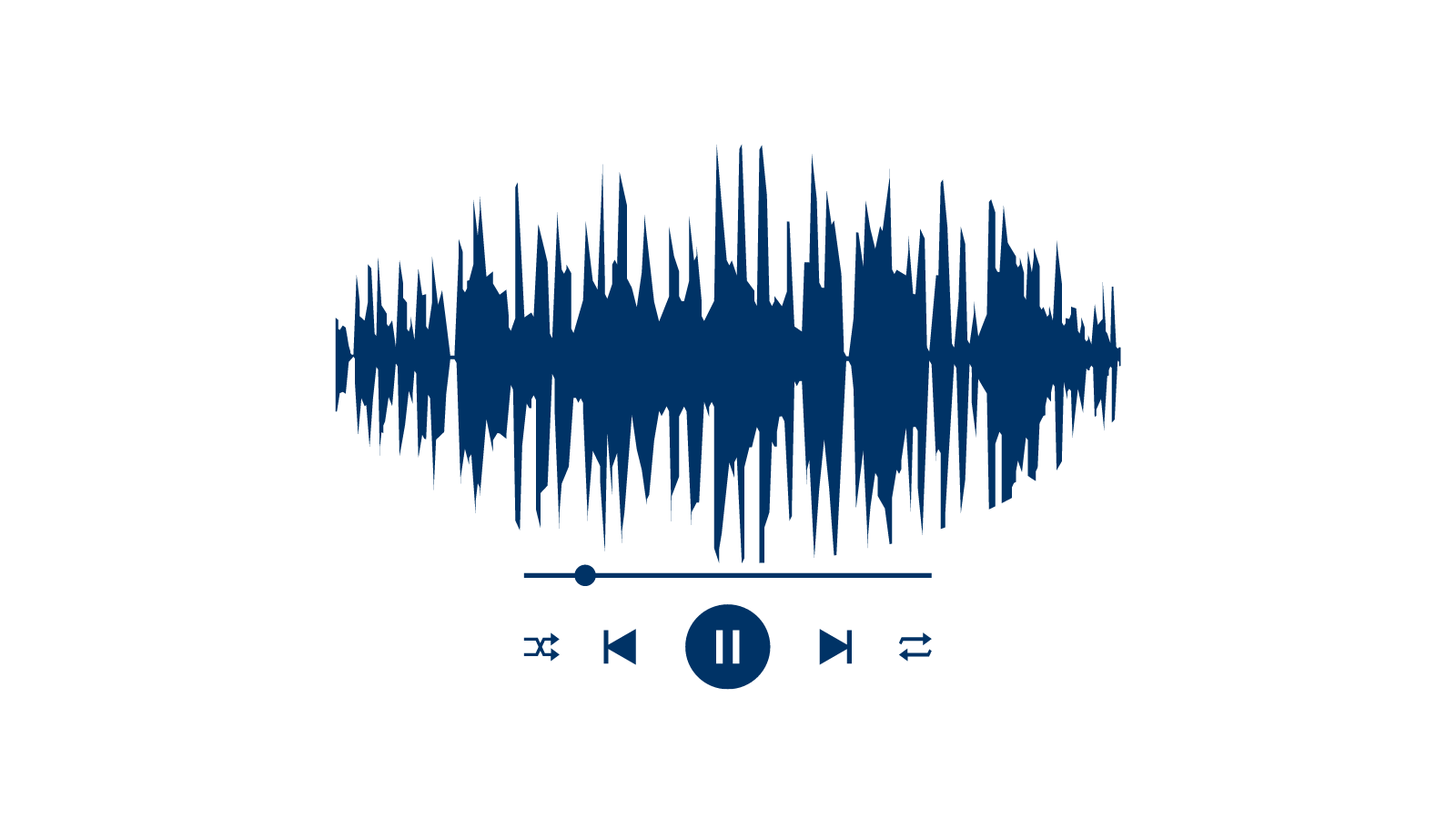Just consider the tremendous rise of podcasting, where audio has the ability to transport the audience to different locations and evoke a vivid sense of presence. Incorporating authentic sounds into your audio projects can add depth and realism. For instance, when interviewing a farmer, capturing the ambient sounds of a mooing cow or a crowing rooster can transport listeners right to the heart of the farm, enhancing their connection with the story being told.
Podcasts, in particular, have gained immense popularity as a medium for storytelling. They offer a unique platform to share compelling narratives, informative discussions, and thought-provoking content. However, it’s important to note that not every excellent audio project needs to be a podcast. The power of audio extends far beyond the podcasting realm, with opportunities to captivate and engage audiences in various formats.
Engaging with audio projects allows you to develop and strengthen a range of skills. From mastering audio equipment and cultivating your creativity to honing hosting, editing, and interviewing techniques, audio projects provide a comprehensive learning experience.
For a successful audio project, it is important to be aware of the following:
Remember, audio storytelling is a versatile medium that opens the door to a myriad of captivating stories. Embrace the power of sound, explore different techniques, and unleash your imagination as you embark on your audio storytelling journey.
Here’s a technical guide for podcasts or audio projects that will help you understand the subsequent sections in greater depth: https://riverside.fm/blog/podcast-glossary



